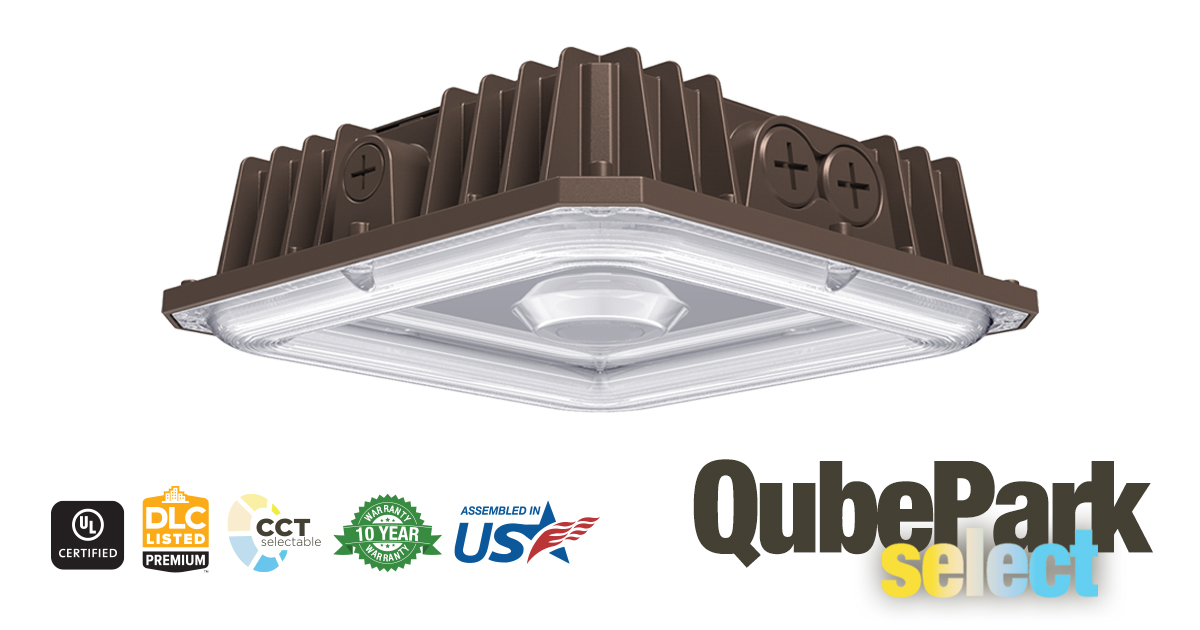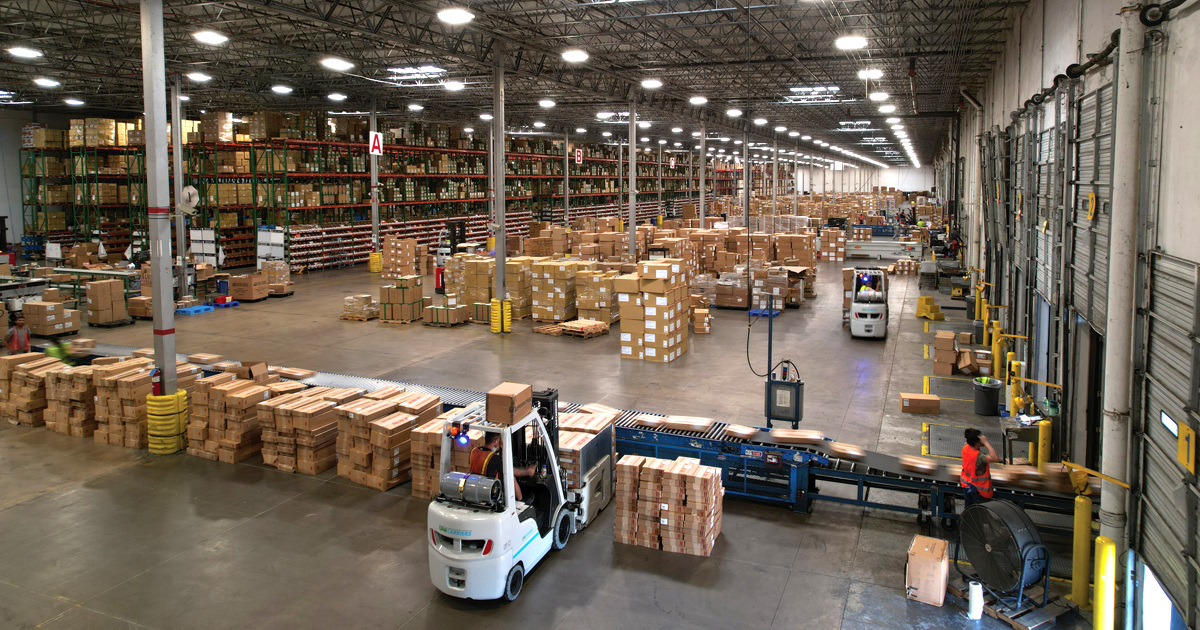
From traditional solutions to the birth of smart buildings, lighting controls and control strategies have evolved to provide numerous benefits to facility operations. LED lighting with networked lighting controls can help reduce energy consumption and provide productive environments for occupants. As the Internet of Things (IoT) enables people to connect a wide variety of items, LED lights can be controlled digitally and give real-time reporting of how a building’s systems are performing. Scroll to learn more or download the infographic here.
What is a Lighting Control System?
A lighting control system is a sophisticated network of devices designed to manage and regulate the lighting within a building or space. These systems are engineered to deliver significant energy savings, enhance lighting efficiency, and improve the overall lighting experience for occupants. Typically, a lighting control system comprises a combination of hardware and software components, including sensors, controllers, and user interfaces. By integrating these elements, a lighting control system can dynamically adjust lighting based on various factors, such as occupancy, time of day, and natural light availability, ensuring optimal performance and energy efficiency.
Types of Lighting Controls
Lighting controls come in various forms, each offering unique features and benefits tailored to different needs and environments. Here are some of the most common types:
-
Dimmer Switches: These allow users to adjust the light output of a fixture or group of fixtures, providing flexibility in creating the desired ambiance and reducing energy consumption.
-
Occupancy Sensors: These sensors automatically turn lights on and off based on the presence of people in a room, ensuring lights are only used when needed, thus saving energy.
-
Timer Switches: These switches enable users to schedule lighting on and off times, which is particularly useful for maintaining consistent lighting schedules and reducing energy waste.
-
Daylighting Controls: These systems adjust light levels based on the availability of natural light, optimizing the use of daylight and minimizing the need for artificial lighting.
-
Intelligent Lighting Controls: Utilizing advanced technologies such as wireless communication and data analytics, these controls optimize lighting performance and energy efficiency by adapting to usage patterns and environmental conditions.
Lighting Control Technologies
The landscape of lighting control technologies has seen remarkable advancements, driven by innovations in wireless communication, data analytics, and IoT integration. Key technologies include:
-
Wireless Communication Protocols: Technologies like Zigbee and Bluetooth enable seamless wireless control and monitoring of lighting systems, offering flexibility and ease of installation.
-
Data Analytics and Machine Learning: These tools analyze usage patterns and other factors to optimize lighting performance and energy efficiency, providing insights that can lead to smarter lighting strategies.
-
IoT Integration: By connecting lighting systems with other building systems and devices, IoT integration allows for a more cohesive and responsive building management experience.
-
Low Voltage Inputs: These inputs facilitate more efficient and flexible lighting control, allowing for precise adjustments and reduced energy consumption.
Applications of Lighting Control
Lighting control systems are versatile and can be applied across various settings, including commercial, industrial, and residential spaces. Here are some common applications:
-
Commercial Applications: In office buildings, retail spaces, and other commercial environments, lighting control systems help reduce energy costs and improve lighting efficiency, creating a more productive and comfortable atmosphere.
-
Industrial Applications: In settings like warehouses and manufacturing facilities, lighting control systems enhance safety and productivity by providing optimal lighting conditions tailored to specific tasks and areas.
-
Residential Applications: Homeowners can benefit from lighting control systems by saving energy and enhancing their lighting experience, with the ability to customize lighting scenes and schedules to suit their lifestyle.
With a wide array of lighting control technologies and applications available, finding a solution that meets specific needs and requirements has never been easier. Whether for commercial, industrial, or residential use, lighting control systems provide a smart, efficient, and adaptable approach to managing light.











